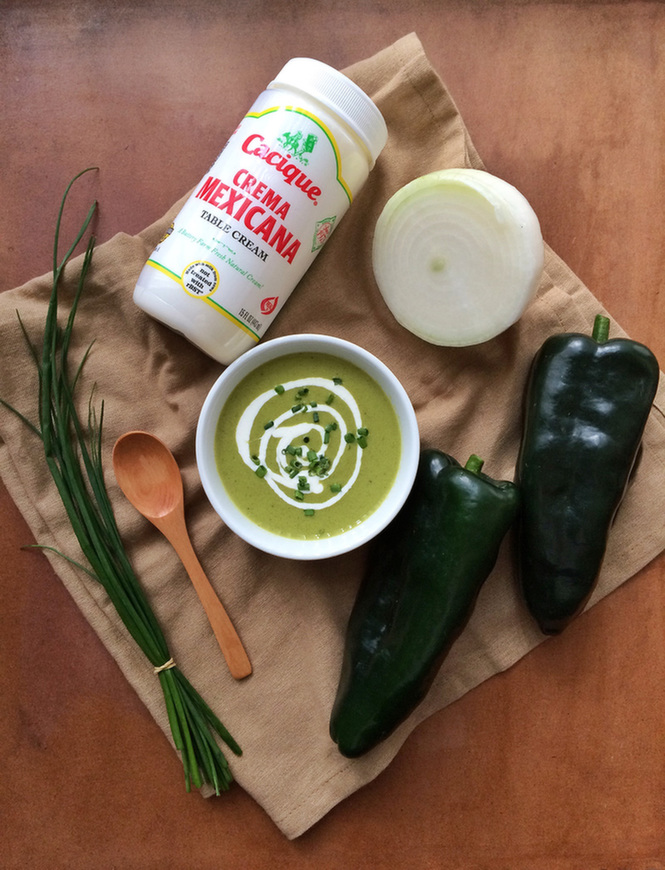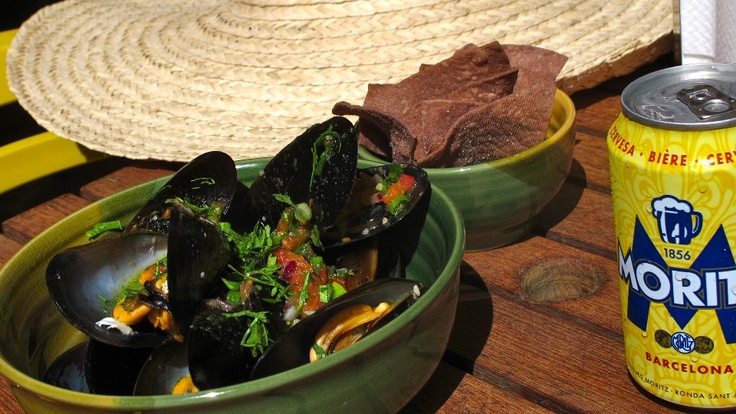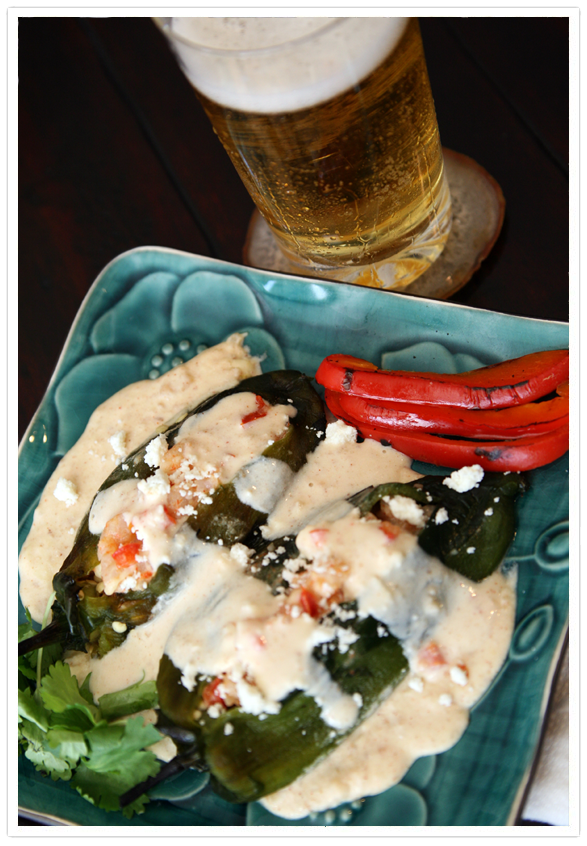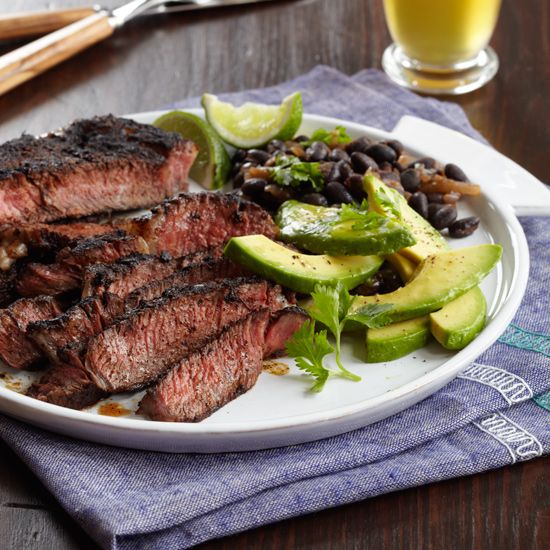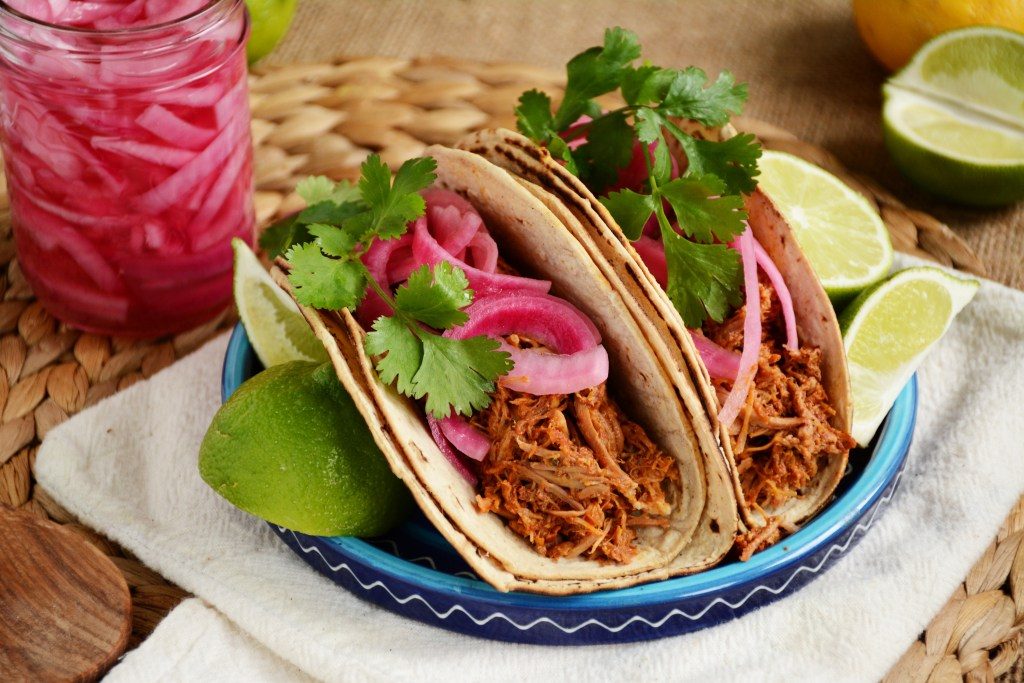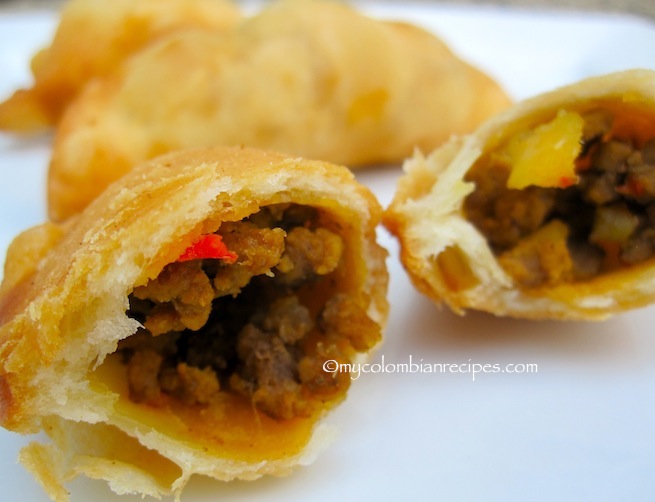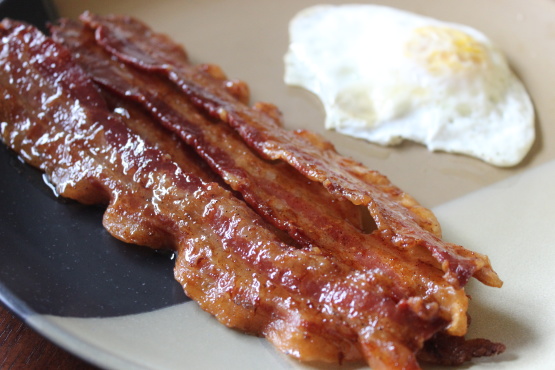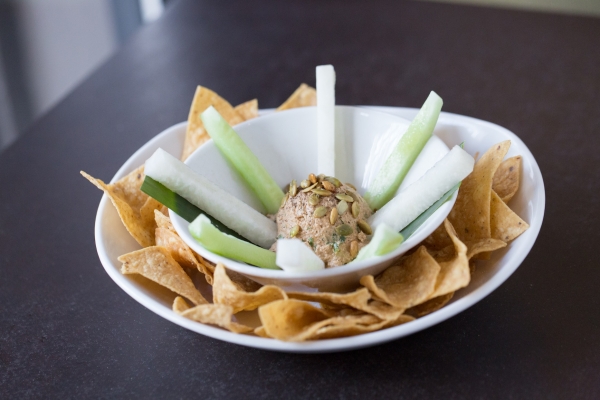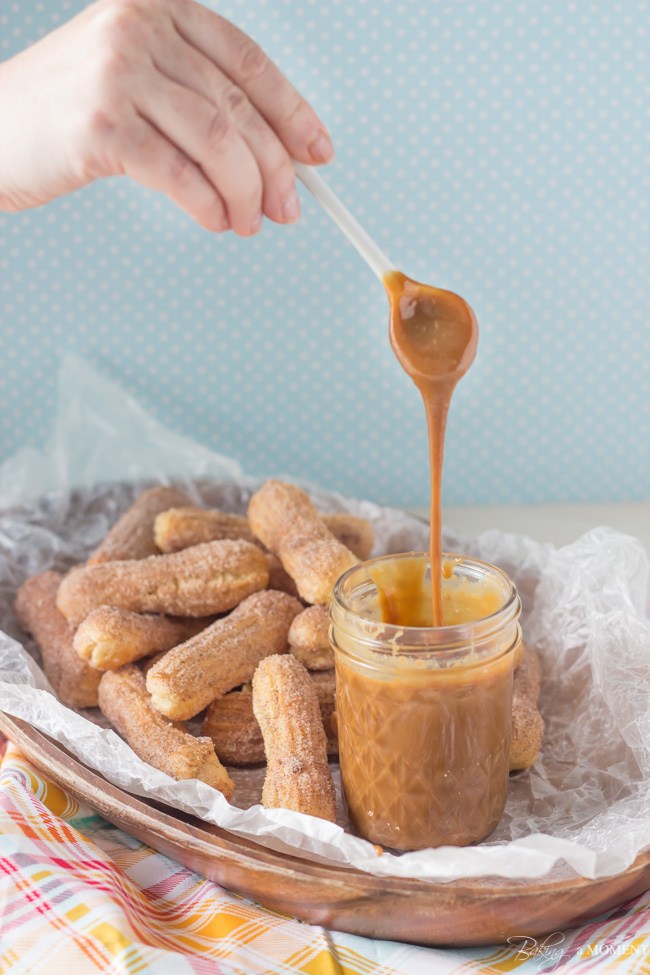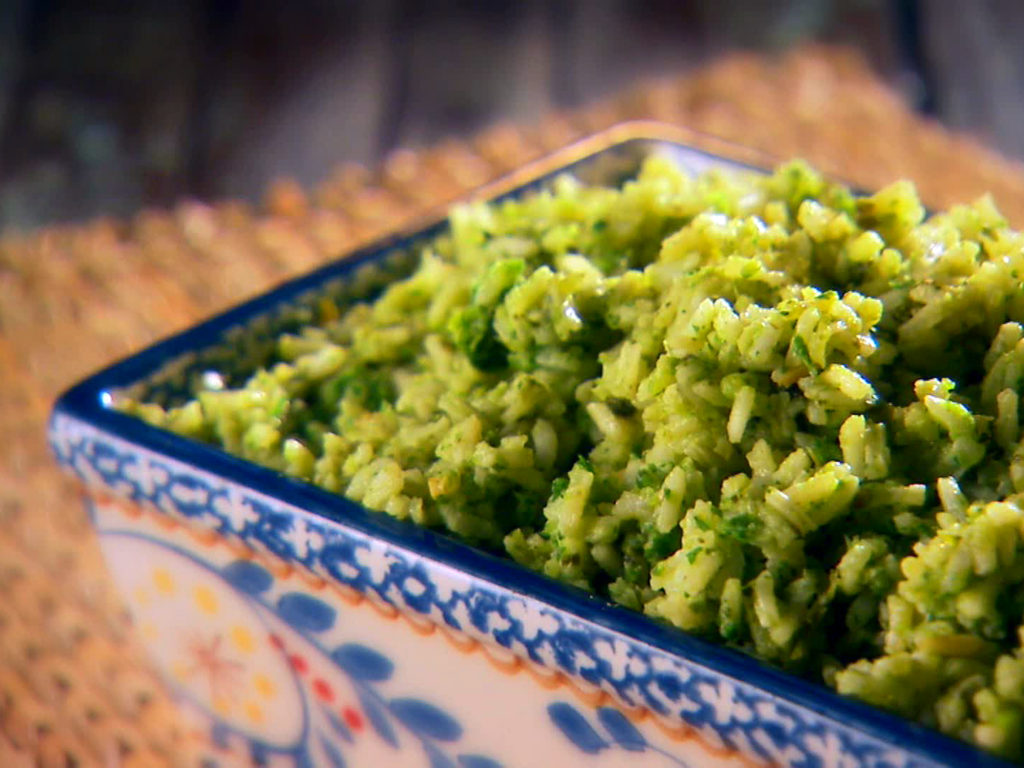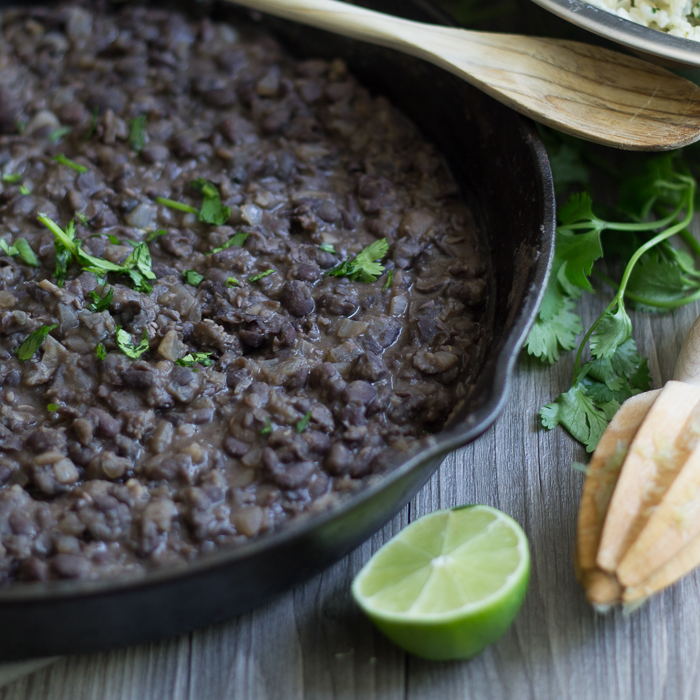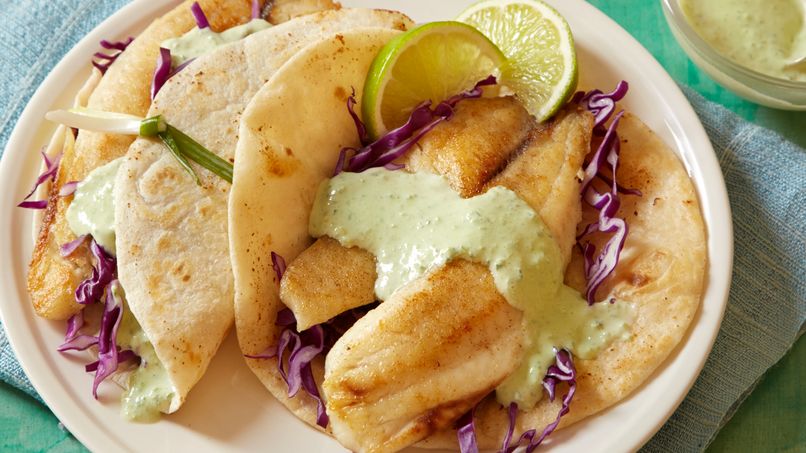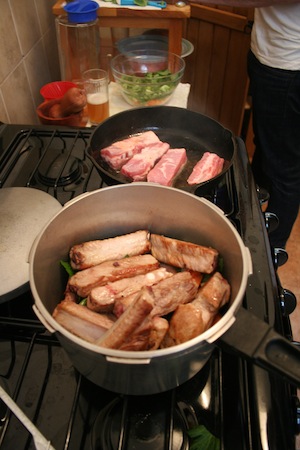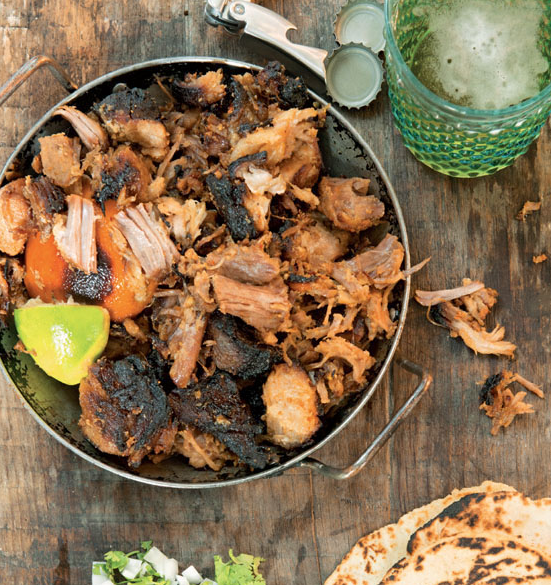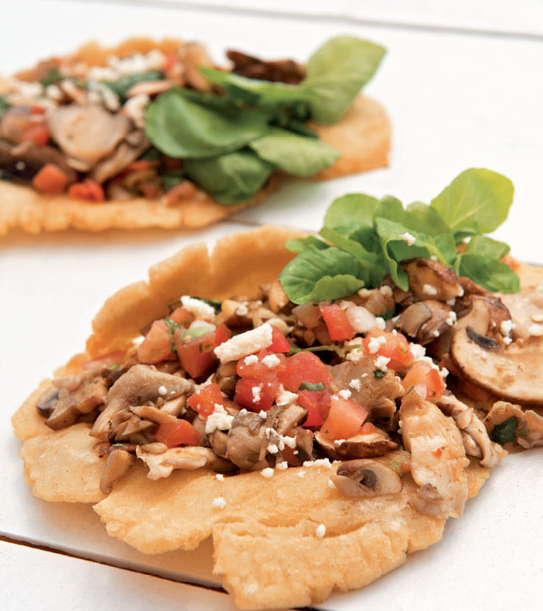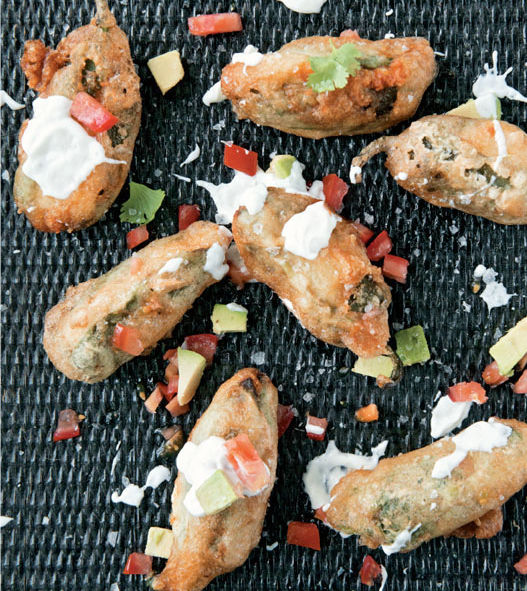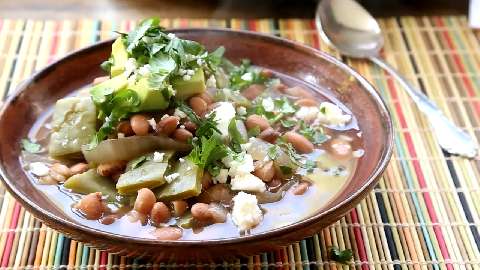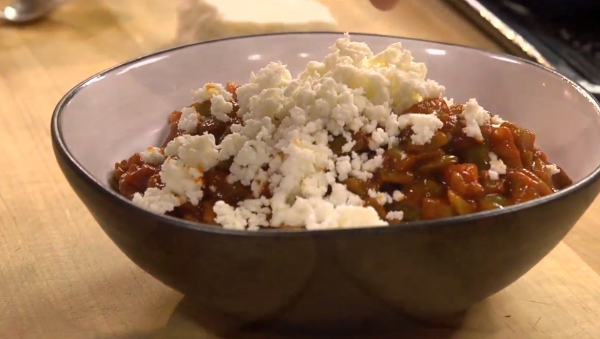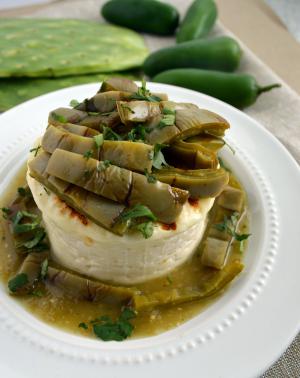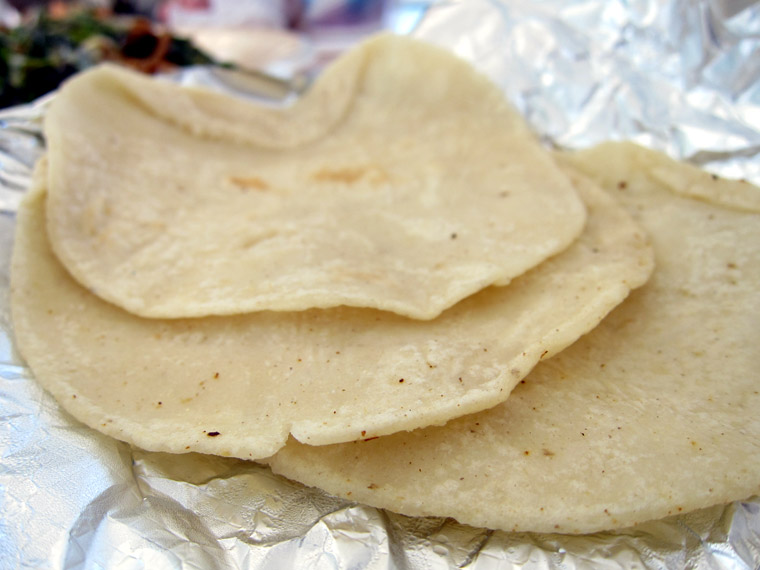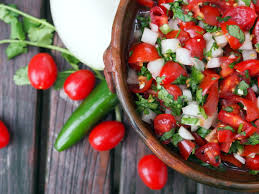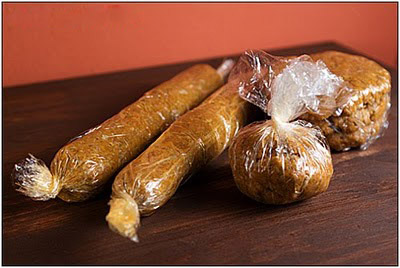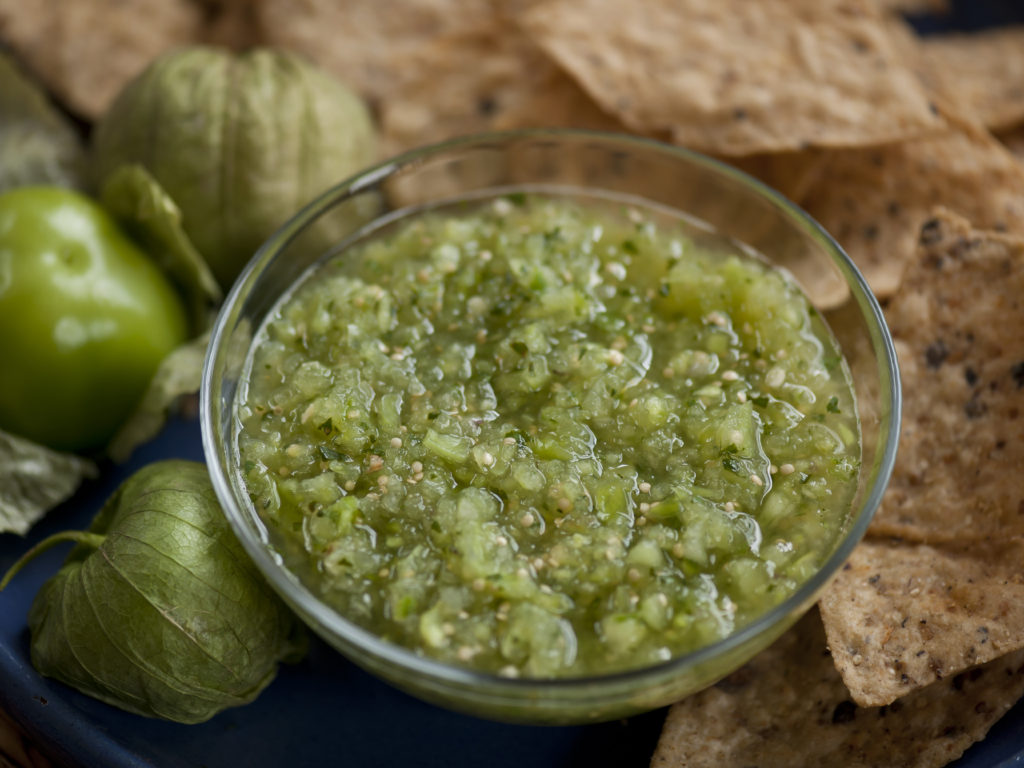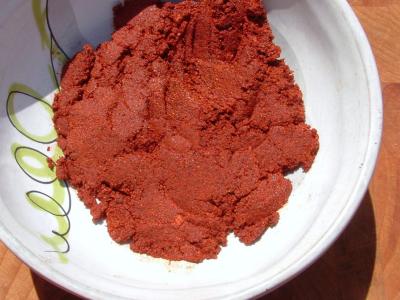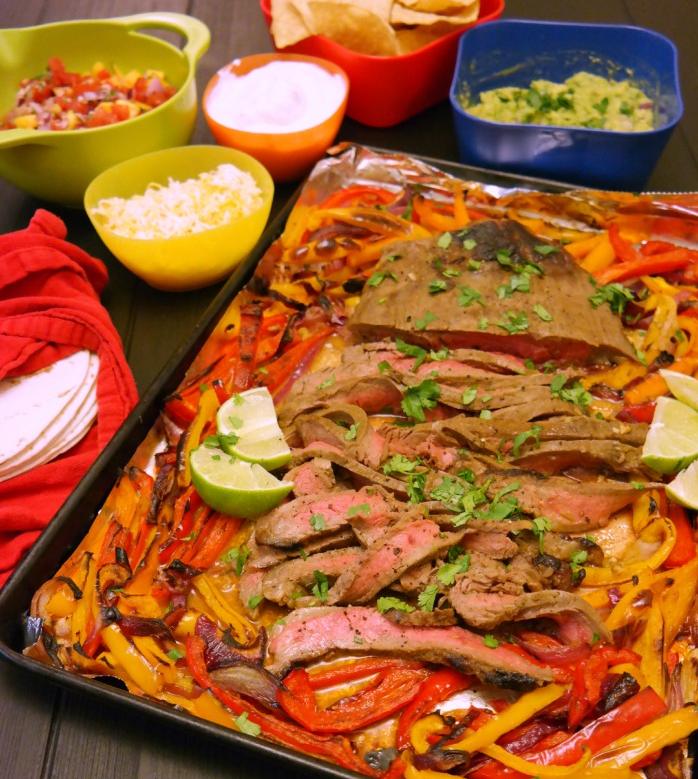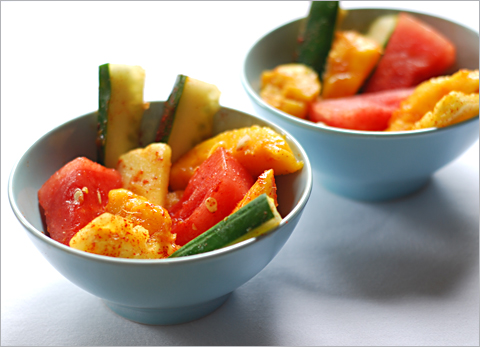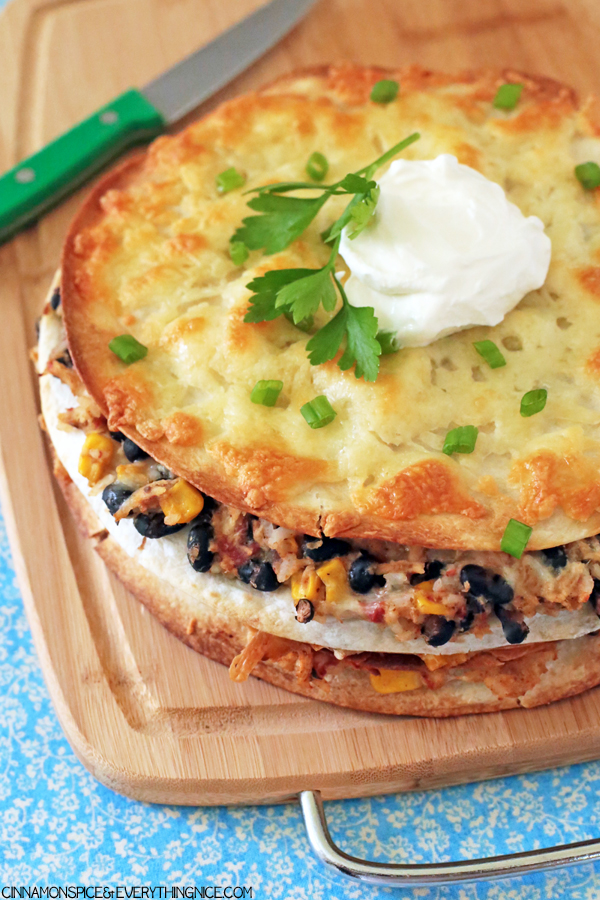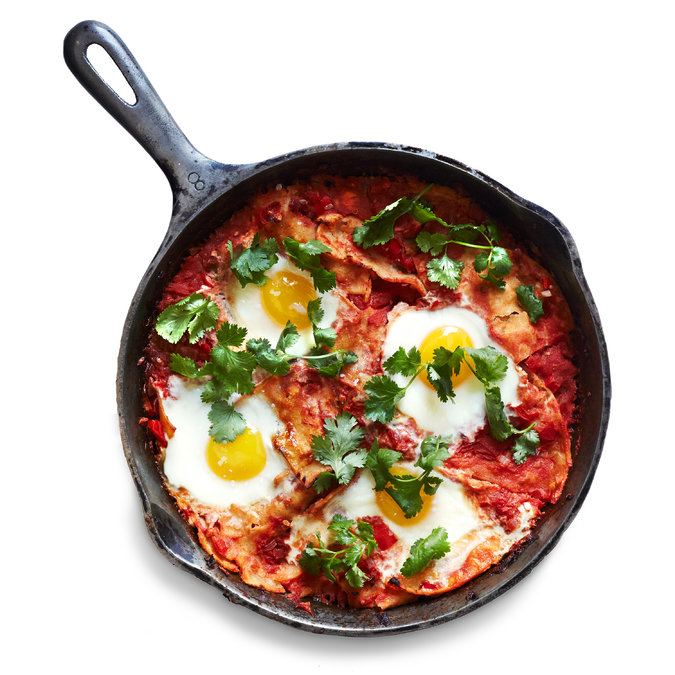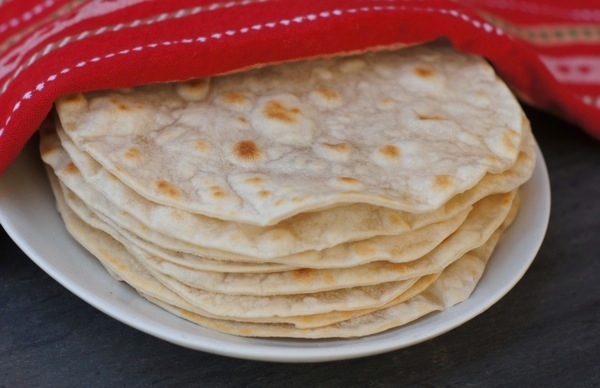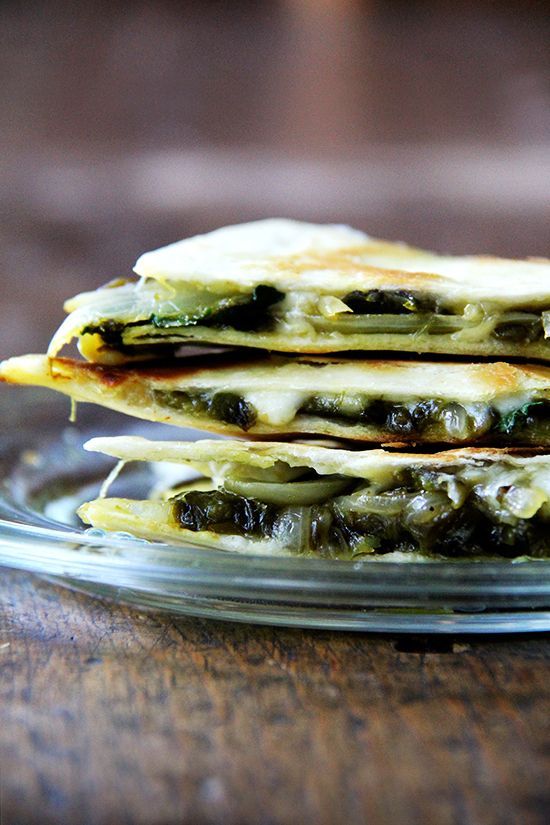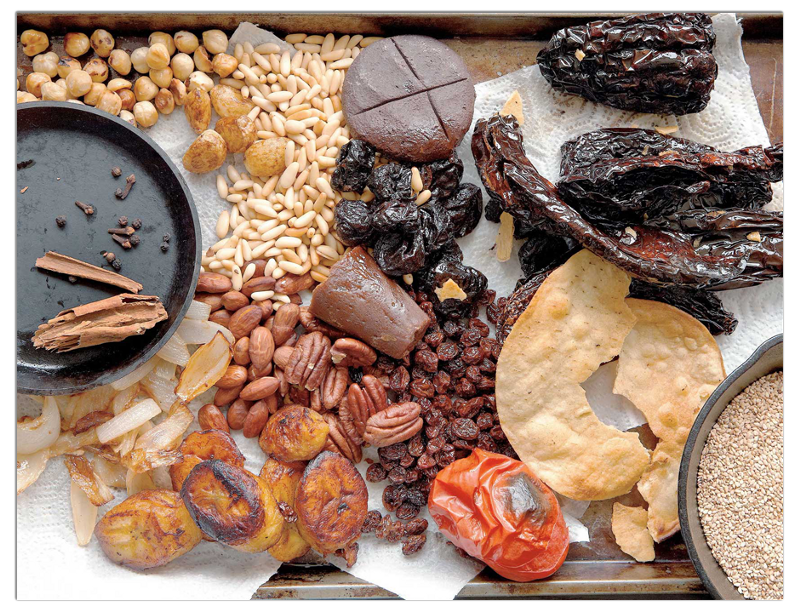
Achiote Paste (Recado Rojo)
Agave Nectar
Avocado
Beans, Black, Pinto
Canela (Mexican Cinnamon)
Cheeses: Queso Chihuahua, cojita, fresco, oaxca
Chiles, Dried: Ancho (poblano), Chile de Arbol, Chipotle (jalapeno), Guajillo (, Mulato, Pasila
Chiles, Fresh: Habanero, Jalapeno, Poblano, Serrano
Chiles, Canned: Chipotle in Adobo
Chorizo de Mexicana
Corn Husks
Herbs: Cilantro, Epazote, Flor de Jamaica (hibiscus flower), Hojo Santa, hojas de aguacate (Avocado Leaves), Mexican Oregano
Jicama
Limes
Manteca Pura (Rendered Pork Lard)
Masa
Mexican Chocolate
Mexican Crema
Nopales
Pepitas
Piloncillo (Panela)
Purslane
Sea Salt
Spices: Annatto, Cumin,
Tomatillos
Valentina (A tangy hot sauce)
Cazuelas (Glazed Ceramic Cooking Dish)
Comal (Flat griddle for roasting ingredients, toasting spices, and cooking tortillas)
Molcajete (Volcanic Rock Mortar & Pestle)
Tortilla Press
Traditional Techniques
Dried Chiles: Use a damp cloth to wipe the chile and remove any dust. With kitchen shears, cut off stem and make a slit on one side. Pry open and remove any seeds. Depending on recipe, you may need to reserve seeds. Heat cast iron pan or comal over medium low heat until hot. Working in batches, open chile and place it directly onto the pan, using tongs to push it down flat. Cook 30-50 seconds, flip, and repeat on the other side. Unless recipe states otherwise., remove toasted chiles to a glass bowl, cover with warm water, using a plate to weight down so they stay under water if necessary. Soak for 30 minutes, and discard soaking liquid.
Fresh Chiles: To dry roast fresh chiles (excluding poblanos), heat cast iron pan or comal over medium-high heat and place shiles in the pan to cook, turning often, until blackened on all sides. If chile needs to be peeled, place in a glass bowl, cover with plastic wrap and allow peppers to rest for 30 minutes until skin separates easily from the flesh and pepper is cool enough to handle. Using a paring knife, gently rub the skin off the pepper. To see, cut a slit from tip to base of the stem. Gently remove and discard seeds and ribs. Habanero and serrano chiles do not need to be peeled.
Garlic: Heat comal over medium high heat. Break garlic cloves away from head and place in pan. Cook for 3-5 minutes per side, until they are blackened in spots. Remove garlic, let cool and peel.
Onion: heat comal over medium high heat. Place a peeled and quartered onion in the pan and cook for 15 minutes, turning occasionally, until soft and blackened slightly.
Tomato: heat comal over medium high heat. Place whole tomato directly onto the hot pan. Cook, turning once or twice, until blackened on all sides.
Tomatilo: heat comal over medium high heat. Remove and discard husk. Rinse under cool water to remove sticky outer covering, pat dry, and place on hot pan. Cook, turning once or twice, until blackened on all sides but before it is about to burst.
Poblano Pepper: Turn flame of gas burner to medium high. Place chile carefully on open flame and cook, turning often until completely black. Place in a glass bowl, cover with plastic wrap and allow peppers to rest for 30 minutes until skin separates easily from the flesh and pepper is cool enough to handle. Using a paring knife, gently rub the skin off the pepper. To see, cut a slit from tip to base of the stem. Gently remove and discard seeds and ribs.
Mexican Sandwich Breads
Bolillos and teleras are right up there with tortillas when it comes to daily staples in the Mexican diet. Just as it is hard to find a small village, town, or city without its own tortilleria. it is almost impossible to find one without a panaderia (bakery). A panaderia begins its shifts long before the rooster has had its chance to crow at 3:00 or 4:00 in the morning; the mariachis haven’t even finished their singing for the night. Its main products are bolillos and teleras, both descendants of the French baguette. Few things are as delicious a few minutes after they have been taken out of a smoldering-hot brick oven.
Like baguettes, bolillos and teleras are very crunchy and golden on the outside, but they are different in a few ways. They are rolls rather than long thin breads, ranging from 5 to 6 inches in length, and chubbier, either round or oval. Bolillos and teleras have a thinner crust and more soft bread inside than in baguettes. That bready interior is called migajon. and it is usually removed before assembling tortas {but most people don’t discard it. they munch on it right after they remove it). Cooks also use migajon for bread crumbs or stuffings, or as an ingredient in albondigas- meatballs—or meat loaf.
The difference between bolillos and teleras is just the shape. A telera is a bit flatter and rounder than a bolillo and has two vertical lines running down its top, dividing the
bread into thirds, which helps you cut it into pieces when you attempt to eat it. A bolillo has a fold down the middle and two knots at each end, which are tighter than the ends of a telera. I have found that the roll that I call a bolillo is called a Portuguese bun in many Latin grocery stores in the DC area. To keep your Mexican bread (as the rolls are also called in some stores) fresh, store the rolls well sealed in a paper bag inside a closed plastic bag. If you know you are
not going to eat all of the rolls within a couple of days, freeze them just as you would
bagels.
Bolillos and teleras are used for so many things! They are cut and placed in a
bread basket in restaurants and homes; they are dunked in coffee, hot chocolate, or
atoles (masa based beverages) in the mornings; and. of course, they are used to make
an infinite number of tortas. They are incredibly delicious spread with refried beans
with cheese melted on top {molletes)—and make great bread crumbs and
croutons. Can’t find bolillos or teleras {or Portuguese buns)? You can substitute
French rolls, baguettes cut into shorter lengths, or petite baguettes.
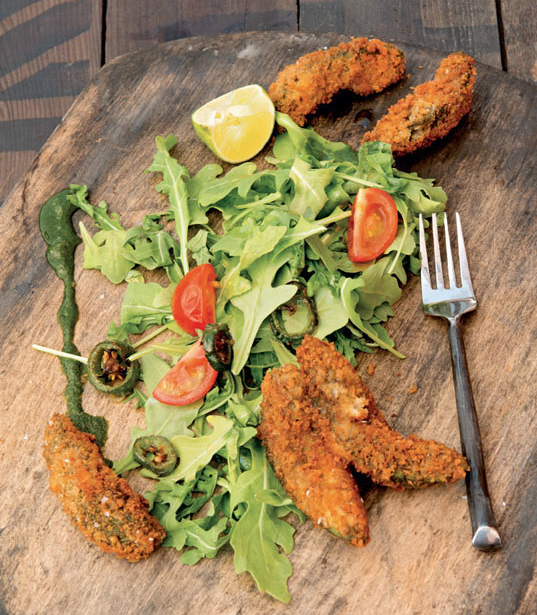 1 C. Cilantro Leaves
1 C. Cilantro Leaves